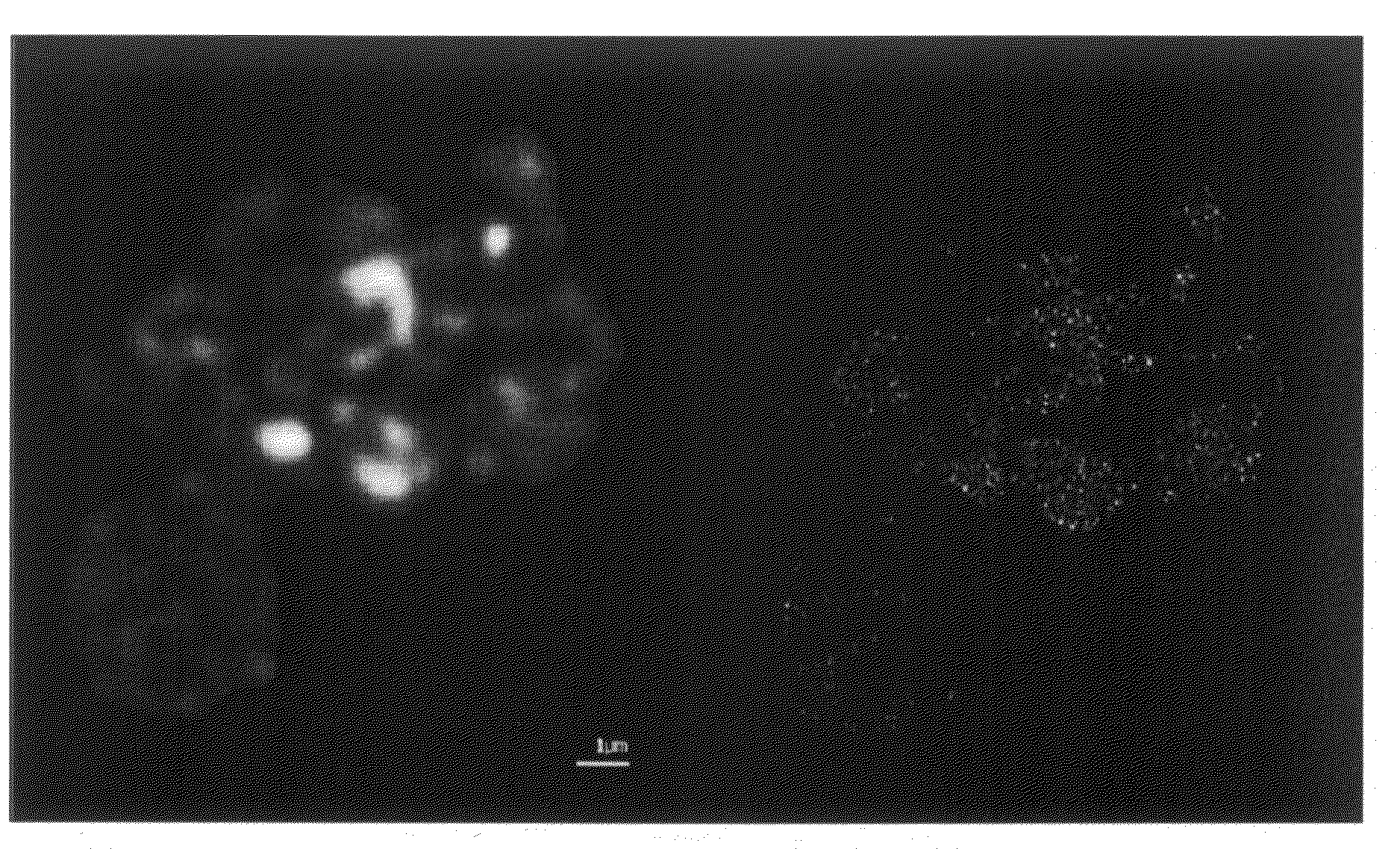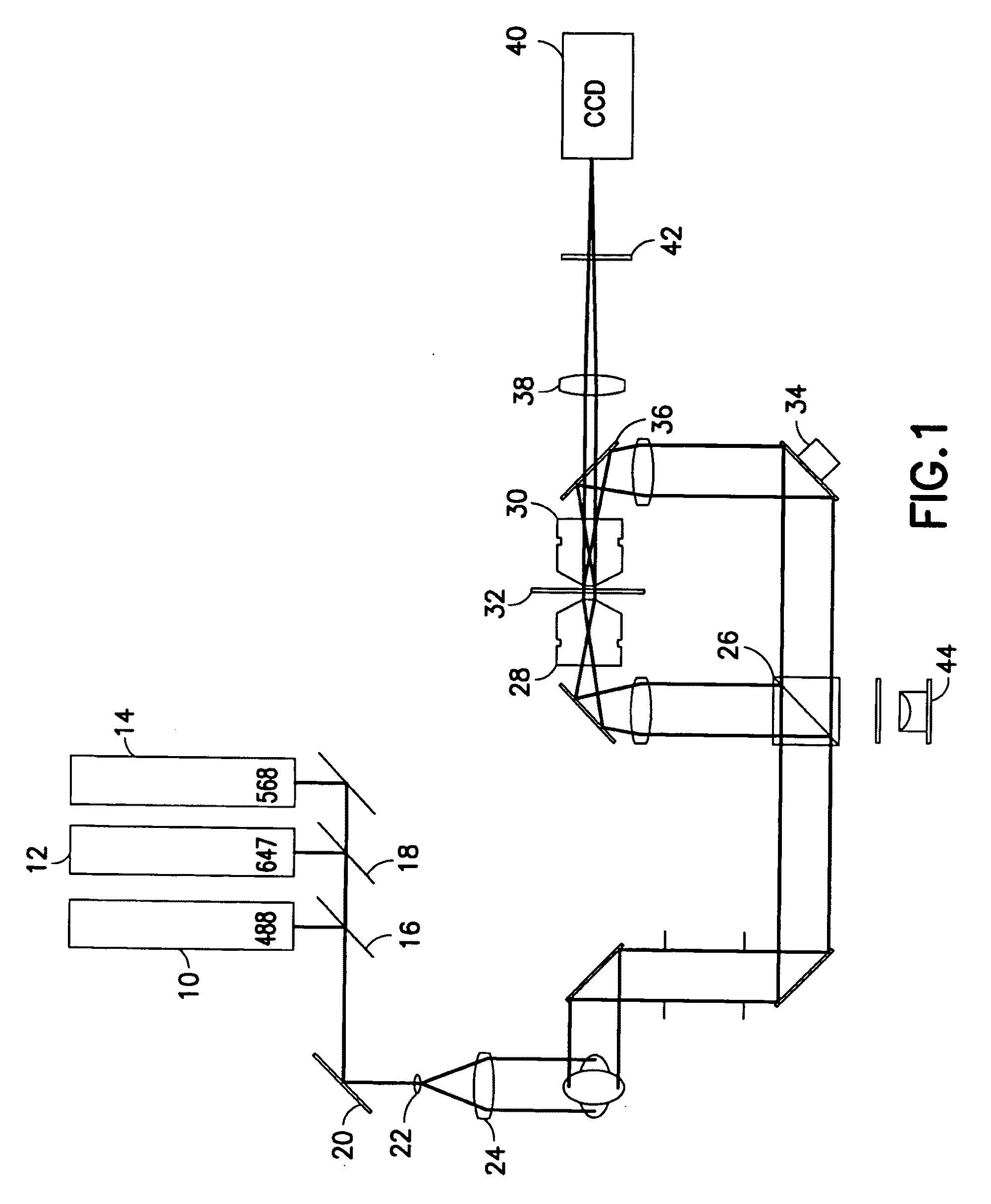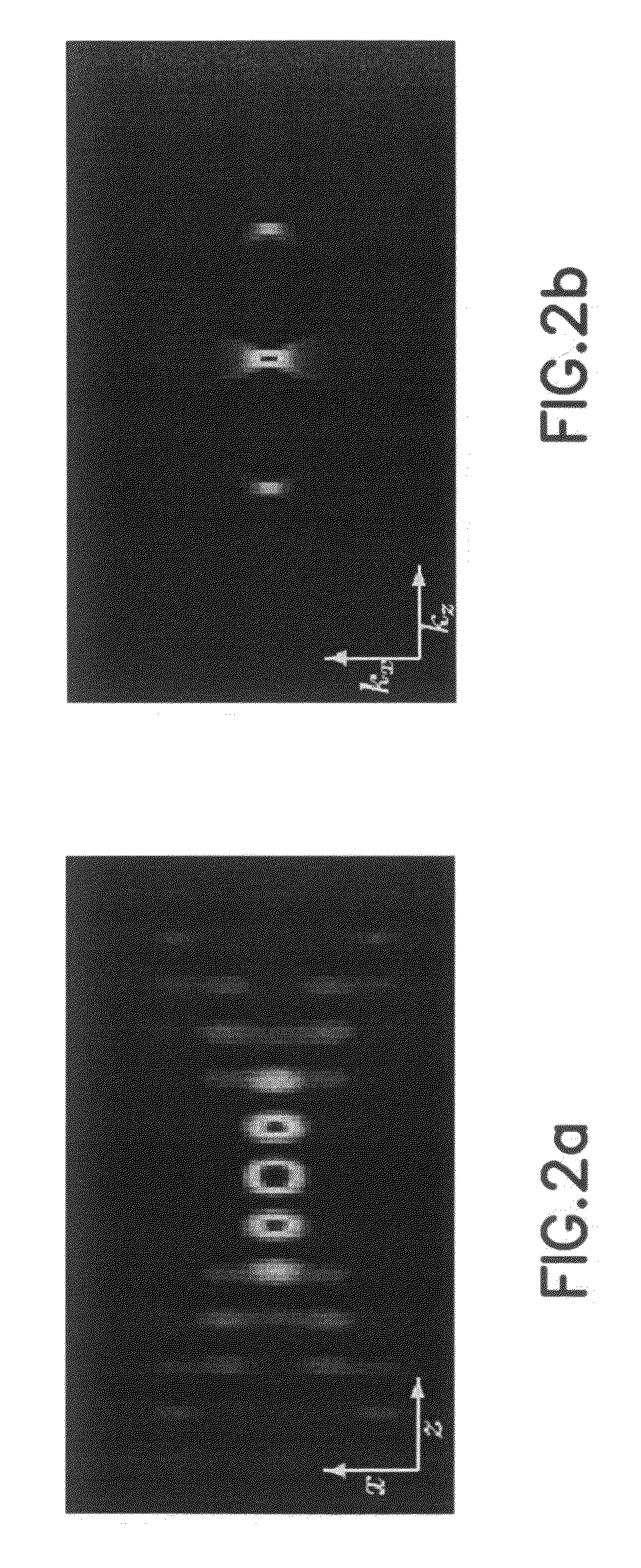Wave field microscope with sub-wavelength resolution and methods for processing microscopic images to detect objects with sub-wavelength dimensions
- Summary
- Abstract
- Description
- Claims
- Application Information
AI Technical Summary
Benefits of technology
Problems solved by technology
Method used
Image
Examples
Embodiment Construction
[0083]FIG. 1 shows schematically the optical layout of a SMI microscope (as an example of a microscopical system) with a horizontal arrangement according to one example of the invention.
[0084]SMI microscope uses structured widefield illumination by means of an interference pattern, in combination with a widefield detection.
[0085]The illumination system comprises two or optionally three lasers for 488 nm (laser source 10), 568 nm (laser source 12) and optionally 647 nm (laser source 14) excitation as light sources. For example Lexel 95-4, Lexel 95L-K and Lexel 95-K from Lexel Laser, USA may be used as laser sources. In one embodiment the laser sources may be additionally independently switched with shutters before being combined with the respective dichroic mirrors 16 and 18 (for example from AHF Analysentechnik AG, Tübingen, Germany). The dichroic mirror 20 works as a cleanup filter and reflects the three laser lines into the collimator, consisting of two achromats 22 and 24 (for ex...
PUM
 Login to View More
Login to View More Abstract
Description
Claims
Application Information
 Login to View More
Login to View More - R&D
- Intellectual Property
- Life Sciences
- Materials
- Tech Scout
- Unparalleled Data Quality
- Higher Quality Content
- 60% Fewer Hallucinations
Browse by: Latest US Patents, China's latest patents, Technical Efficacy Thesaurus, Application Domain, Technology Topic, Popular Technical Reports.
© 2025 PatSnap. All rights reserved.Legal|Privacy policy|Modern Slavery Act Transparency Statement|Sitemap|About US| Contact US: help@patsnap.com



